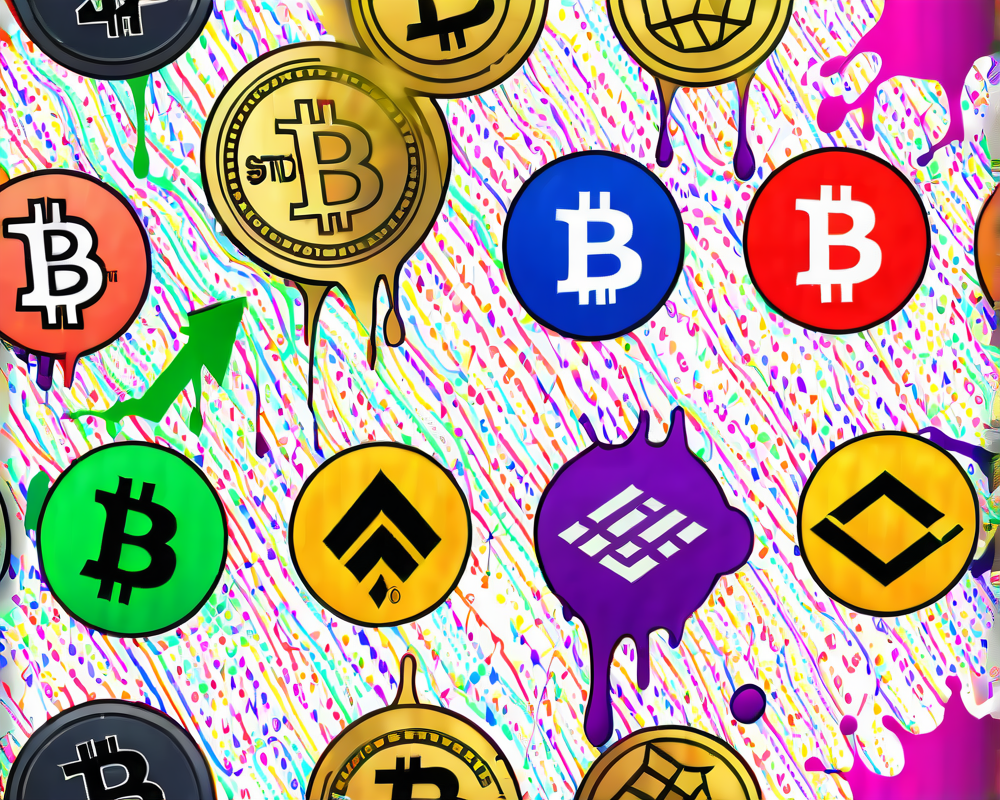Ransomware Revenues Take a Dive
The extortion game is seeing a plot twist! Ransomware attack revenues took a spectacular nosedive of 40%, falling to $456.8 million in 2022. According to a report from blockchain intelligence firm Chainalysis, this isn’t necessarily a reflection of fewer attacks, but rather the resilience (and stern refusal) of victims to comply with the demands of their cyber-adversaries.
The Impact of Enhanced Cybersecurity
Enter a new era in corporate security: companies are tightening their cybersecurity belts harder than a sumo wrestler in a wrestling match. Chainalysis points out that organizations are fortifying their defenses to fend off attackers, making it much more challenging for hackers to cash in on their digital hostage situations. And it’s working! The victims are increasingly establishing a “No Ransom” policy, even if their computers are held hostage.
Trends in Ransom Payments
So what are hackers doing now that their payday is dwindling? One thing they’re doing more often is visiting centralized cryptocurrency exchanges—48.3% of the time—up from 39.3% in 2021. These cats have clearly found the back door to try to launder their hard-earned ill-gotten gains.
- Transaction funds to high-risk exchanges fell from 10.9% to 6.7%.
- Use of mixer protocols like Tornado Cash, which resonates like an elusive ghost, rose from 11.6% to 15.0% in 2022.
Legal Consequences: A Deterrent to Paying Ransoms
It seems the threat of legal consequences is sending chills down the spines of potential victims. Allan Liska, a threat intelligence analyst with Recorded Future, highlights that following an advisory from the U.S. Office of Foreign Assets Control (OFAC), victims might think twice about paying for their freedom. The fantasy of paying for a quick return to normalcy has been blurring into a horror show—who wants to deal with sanctions while trying to recover their stolen files?
The Changing Landscape of Cyber Insurance
Another layer of complexity? Cybersecurity insurance companies are becoming stricter than a librarian at a noise level meeting. They’re tightening their underwriting standards, meaning many policies come with strings attached that make paying ransom difficult. Insurers aren’t singing the praises of ransoms anymore; they factor in modern security measures which include comprehensive system backups and multi-authentication protocols.
Final Thoughts
In summary, while the ransomware game appears to be shifting towards a lower revenue stream, hackers are still lurking in the shadows, rebranding like it’s their job (because, well, it kind of is). The number of unique ransomware strains may have soared, but rest assured, it’s just the same ol’ rogues playing dress-up. One thing’s for sure: whether they like it or not, victims are adopting a stronger stance against cyber extortion, and that’s certainly something to cheer about!




